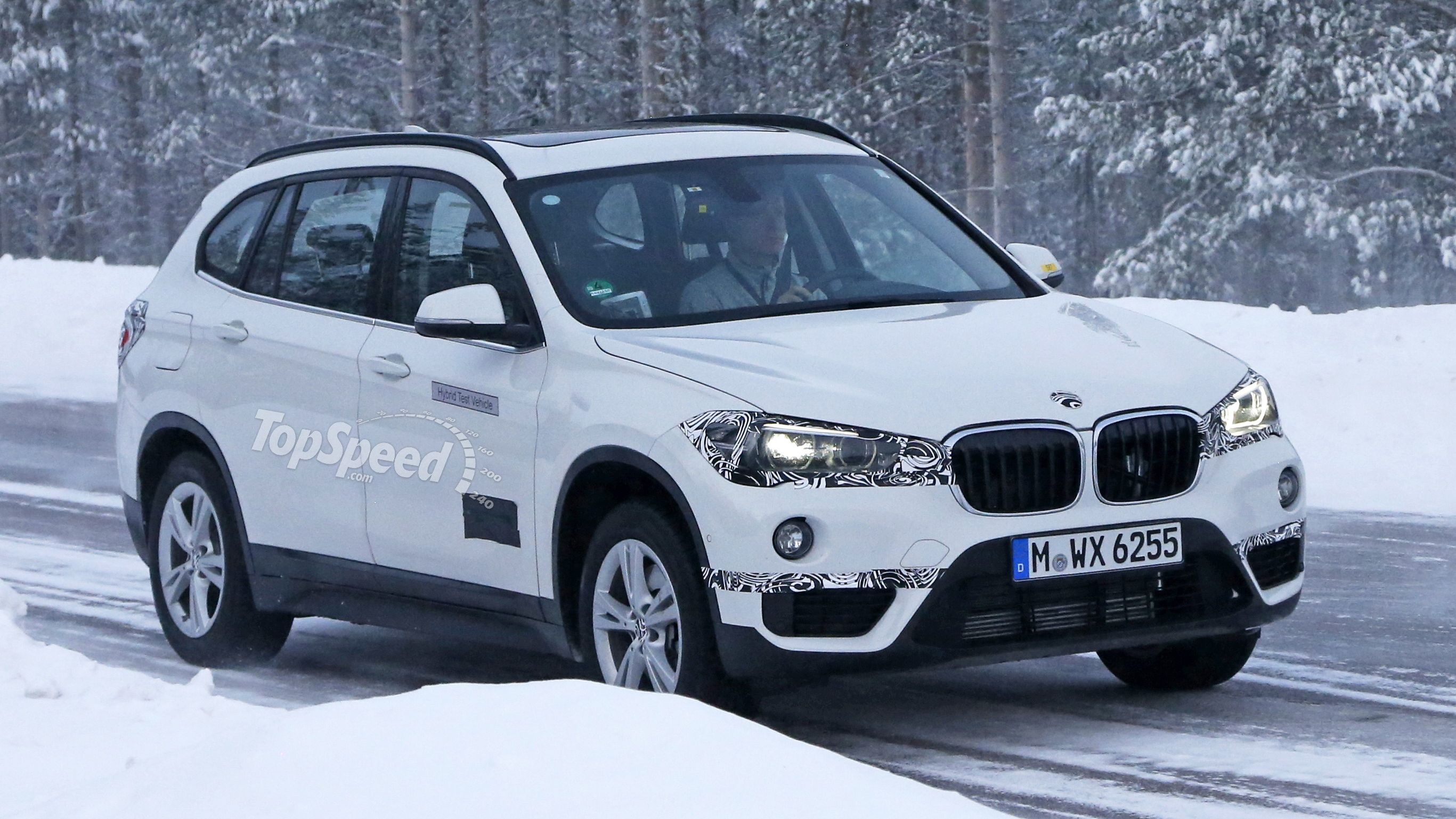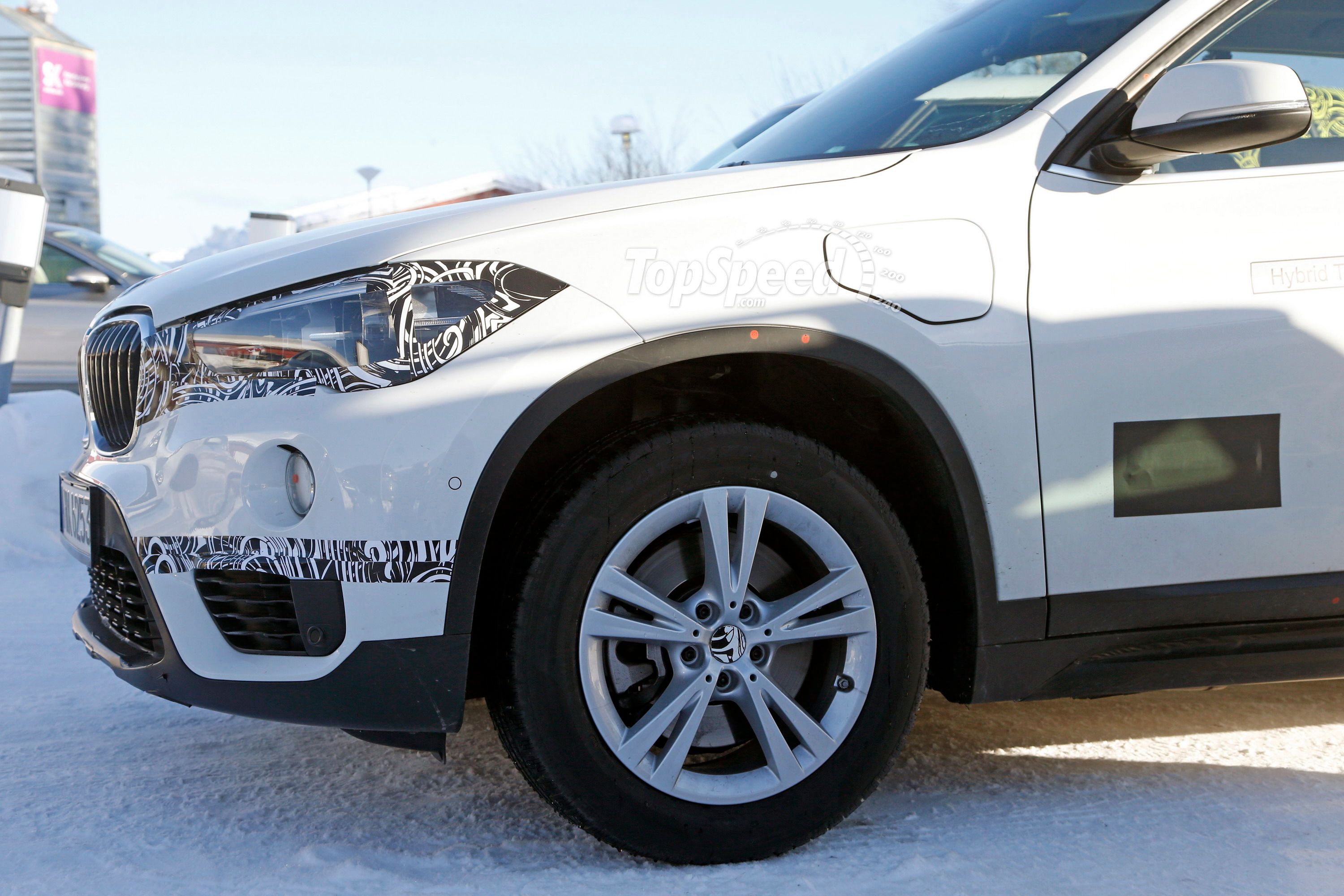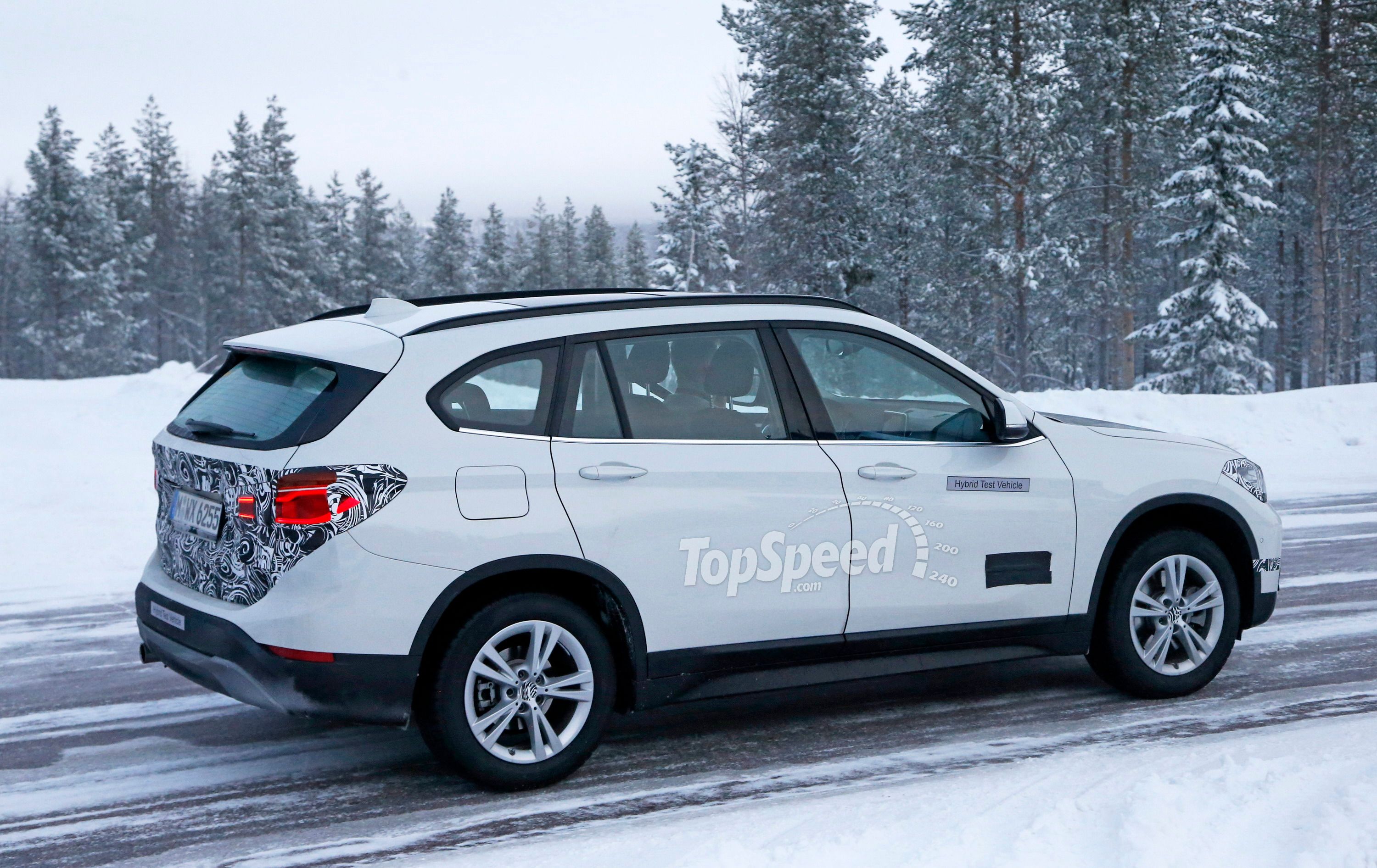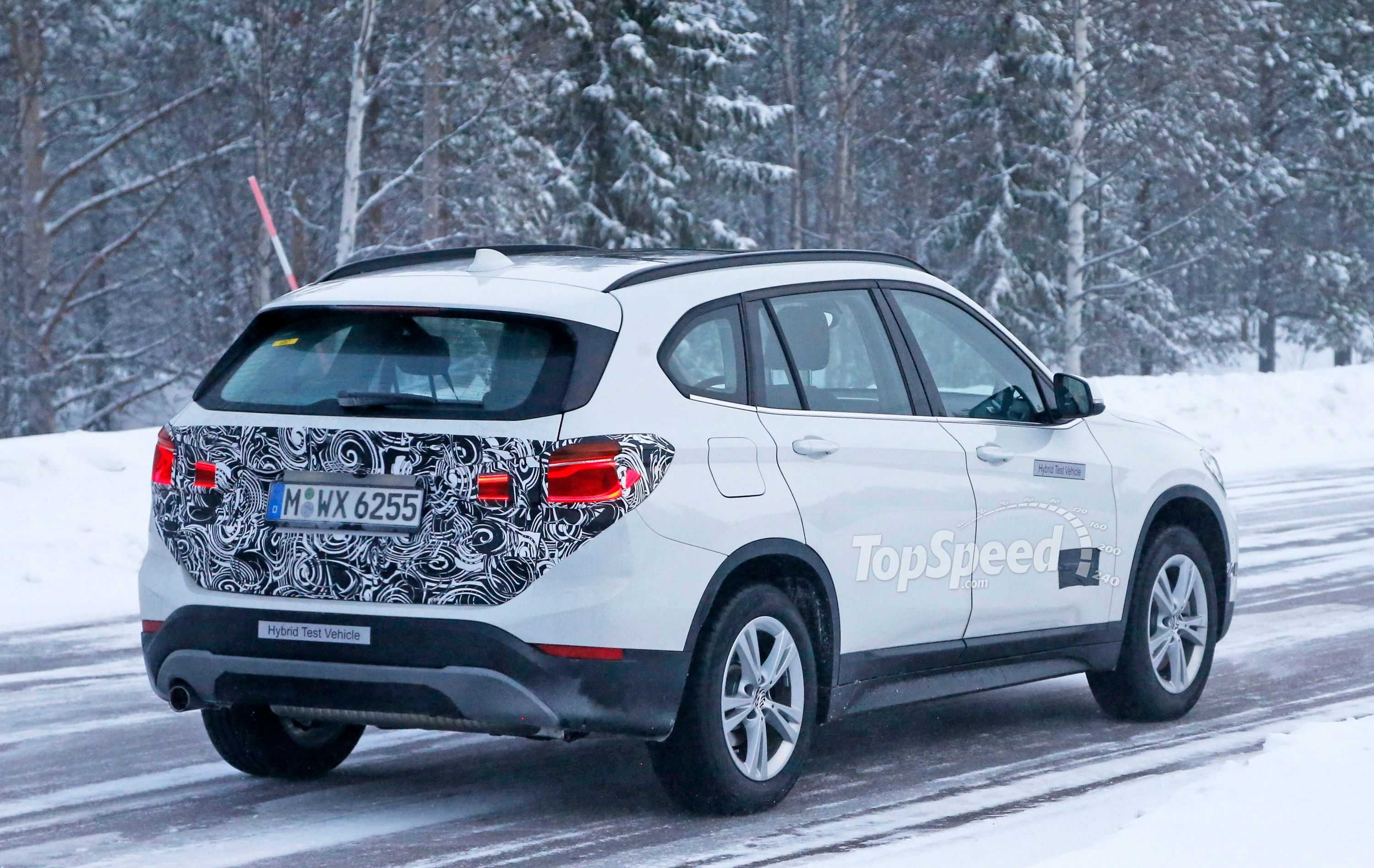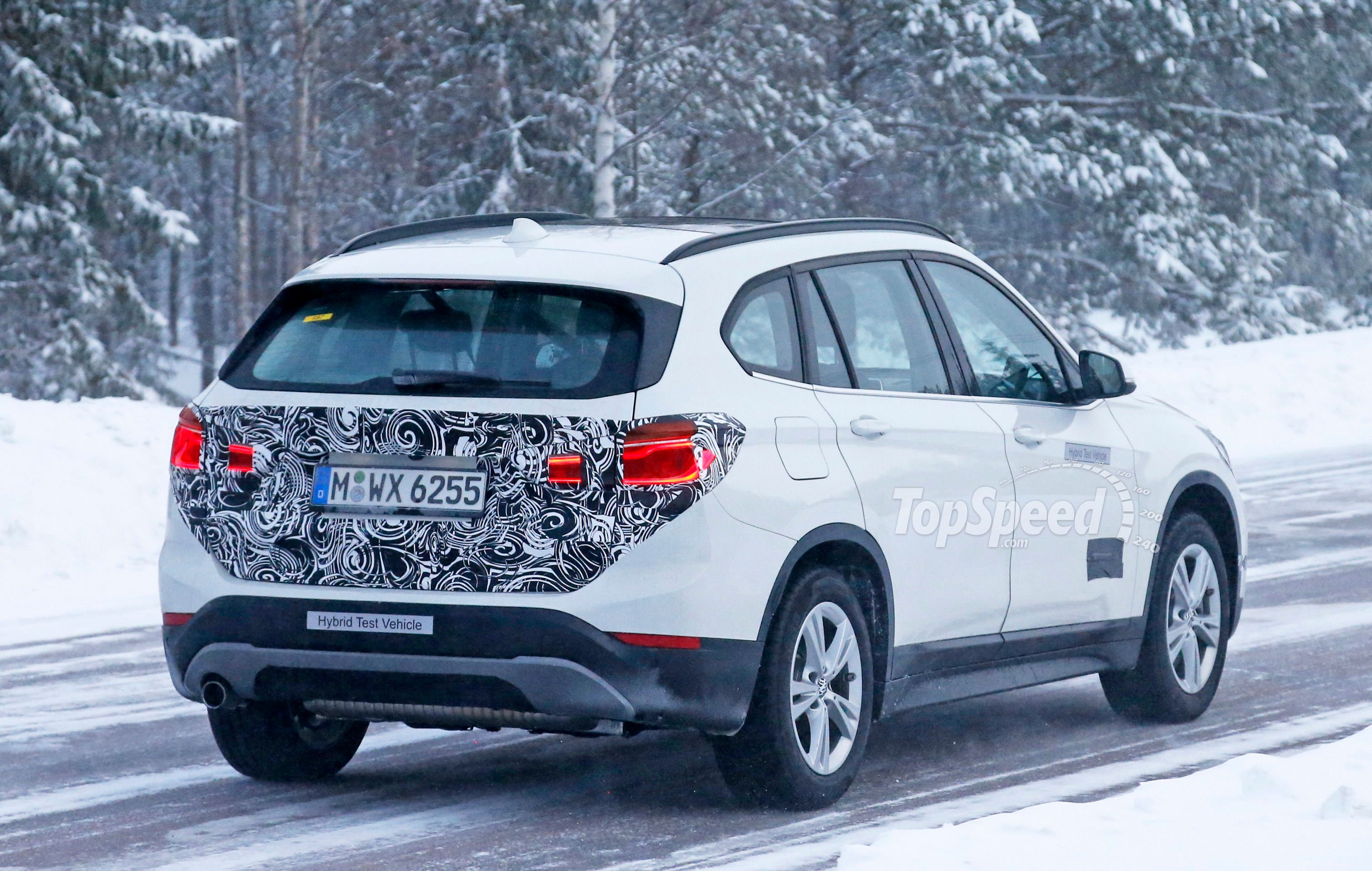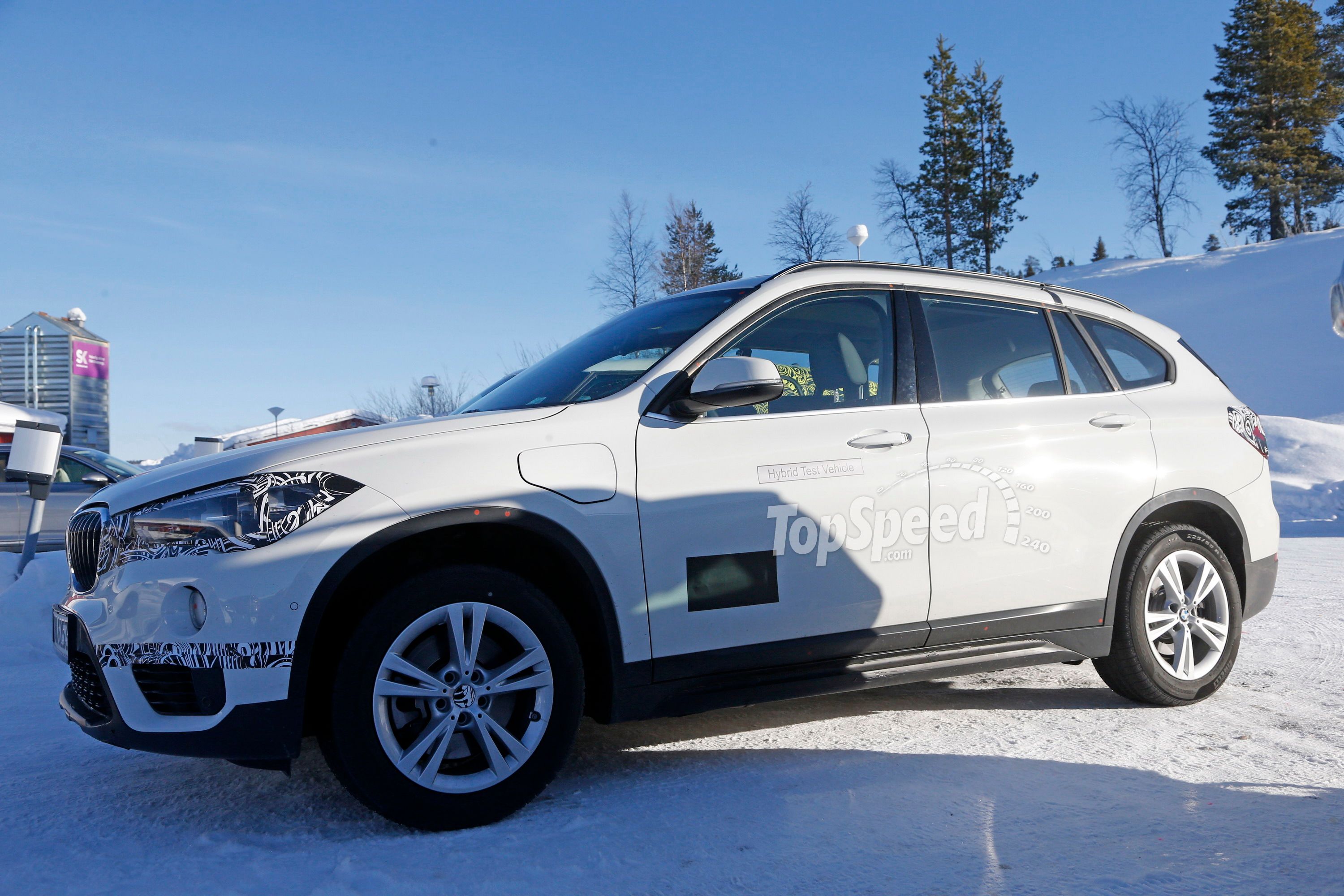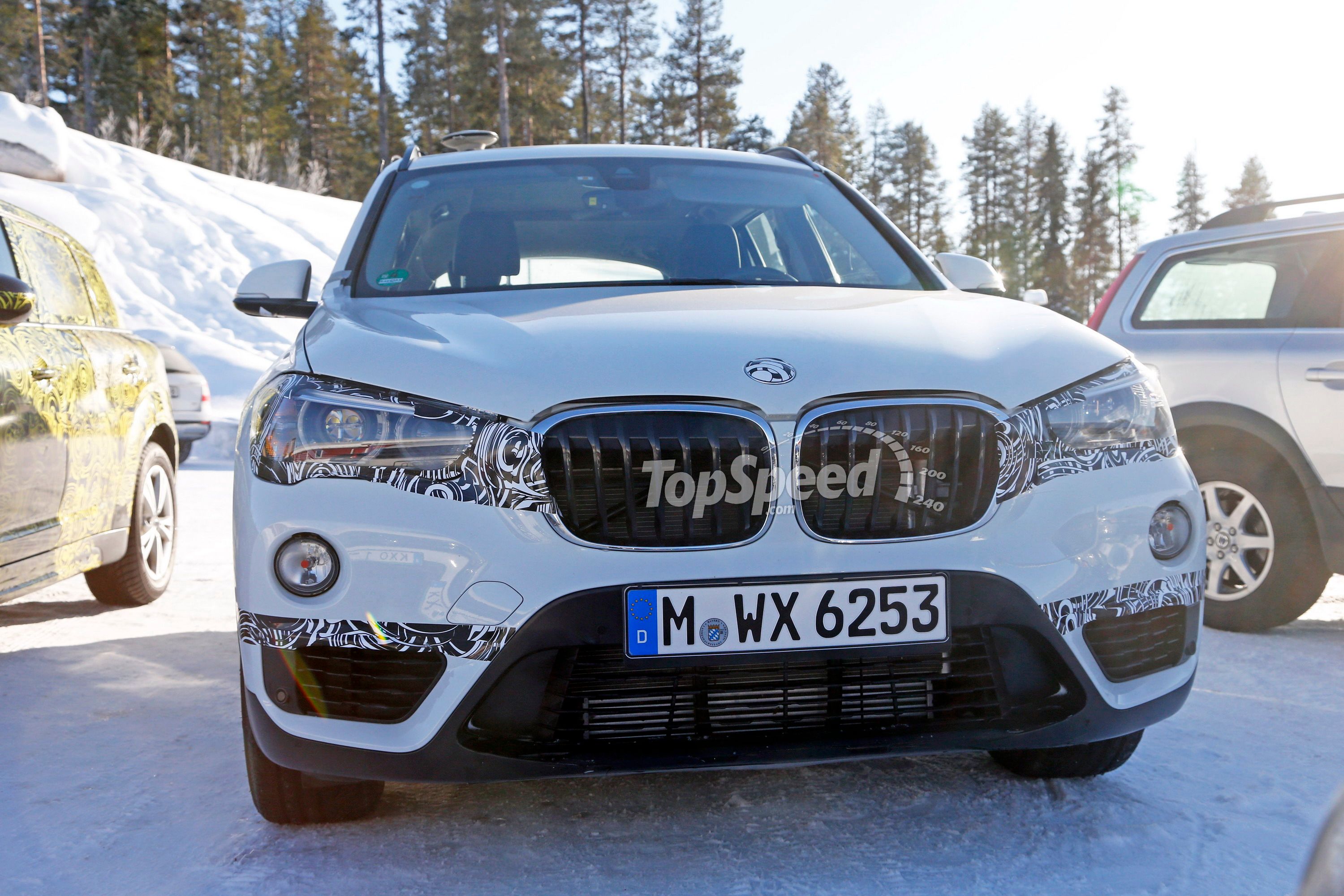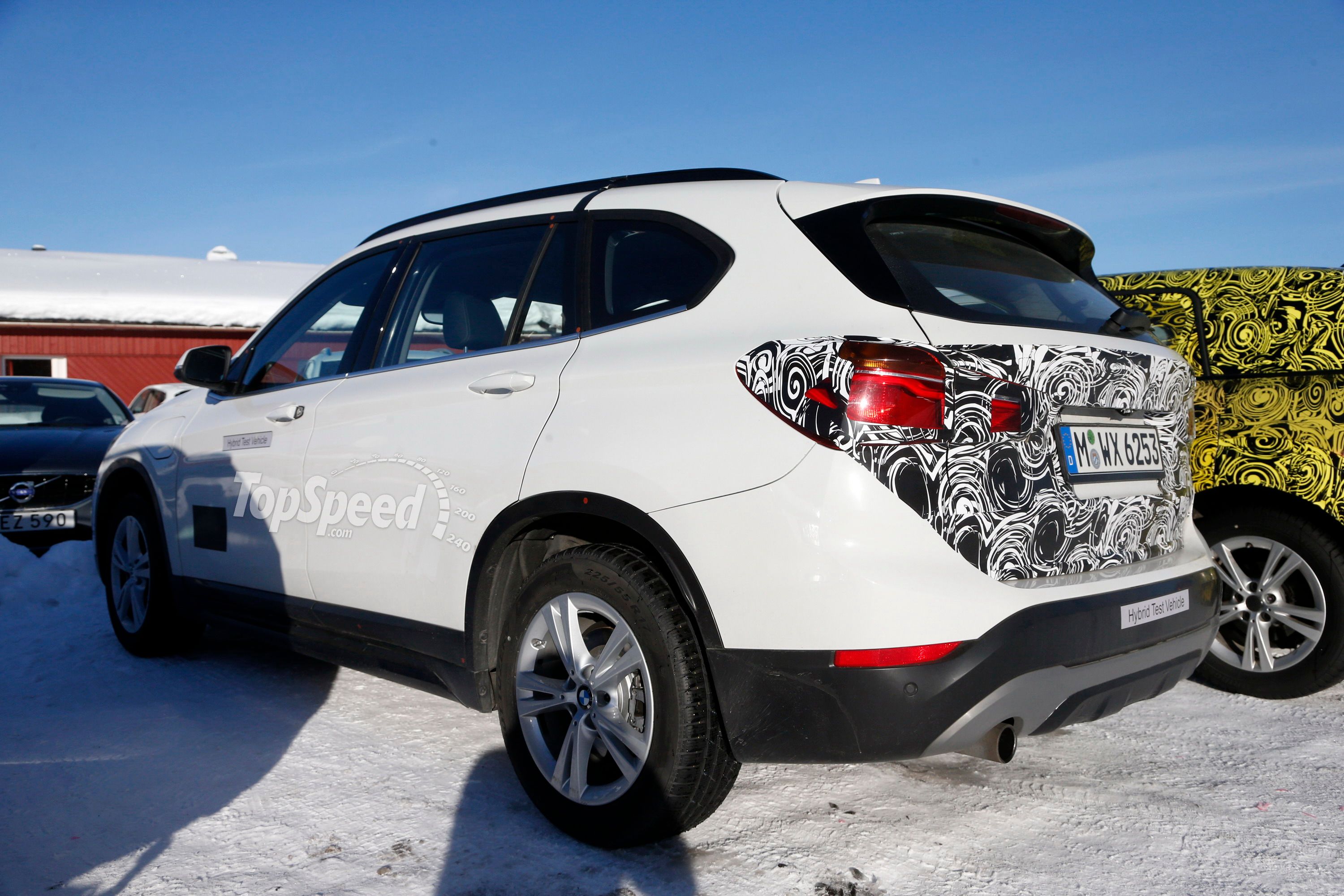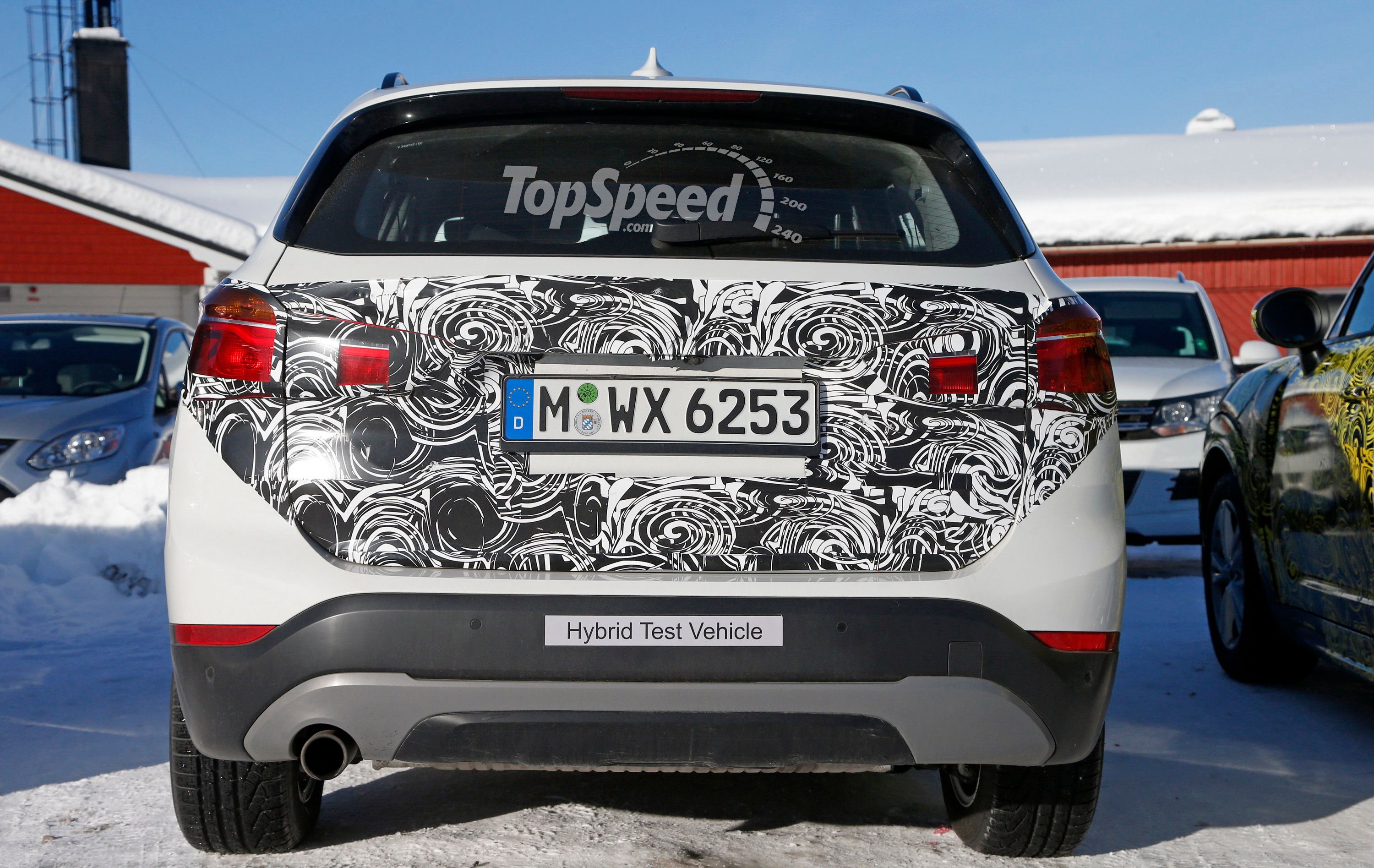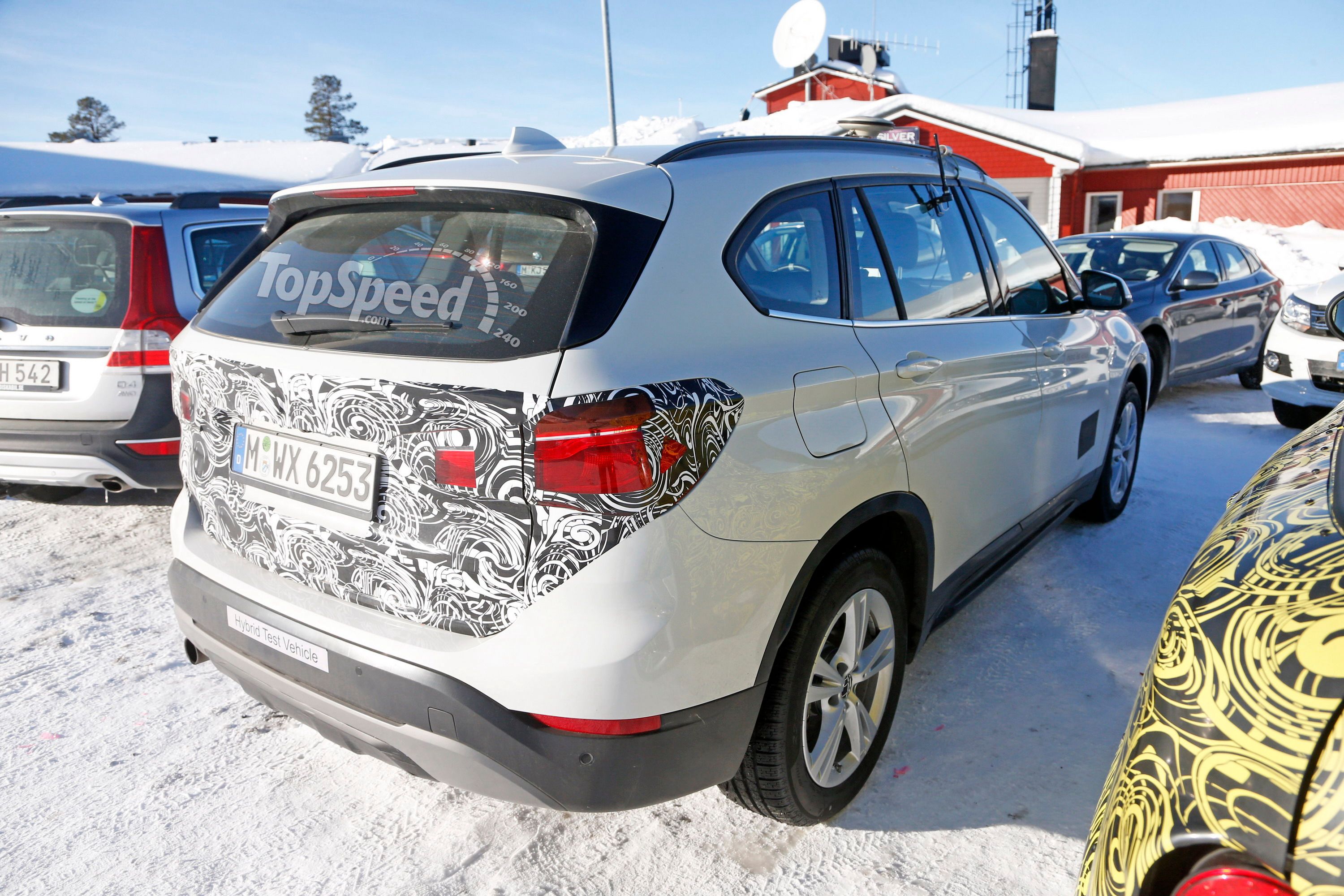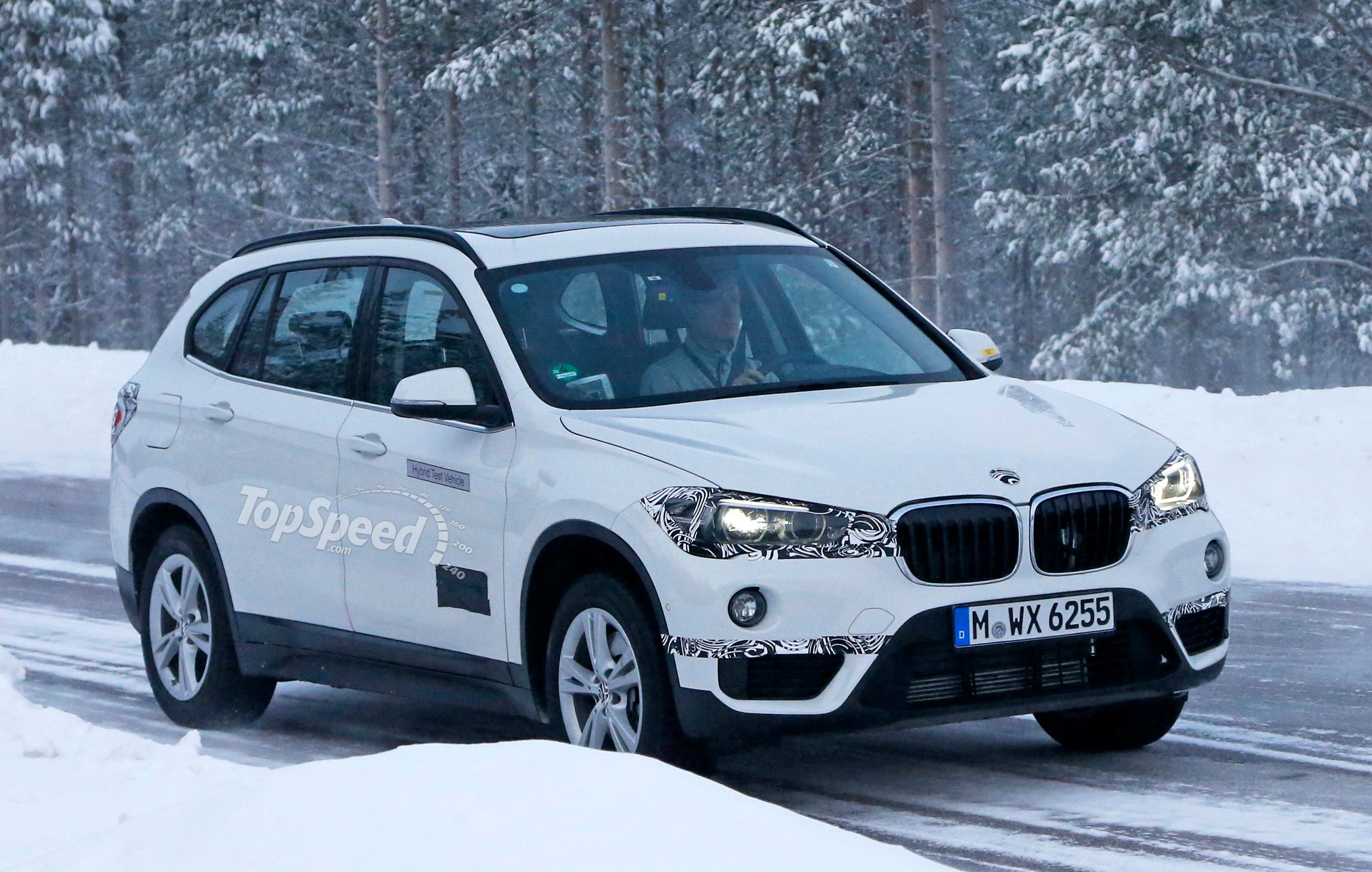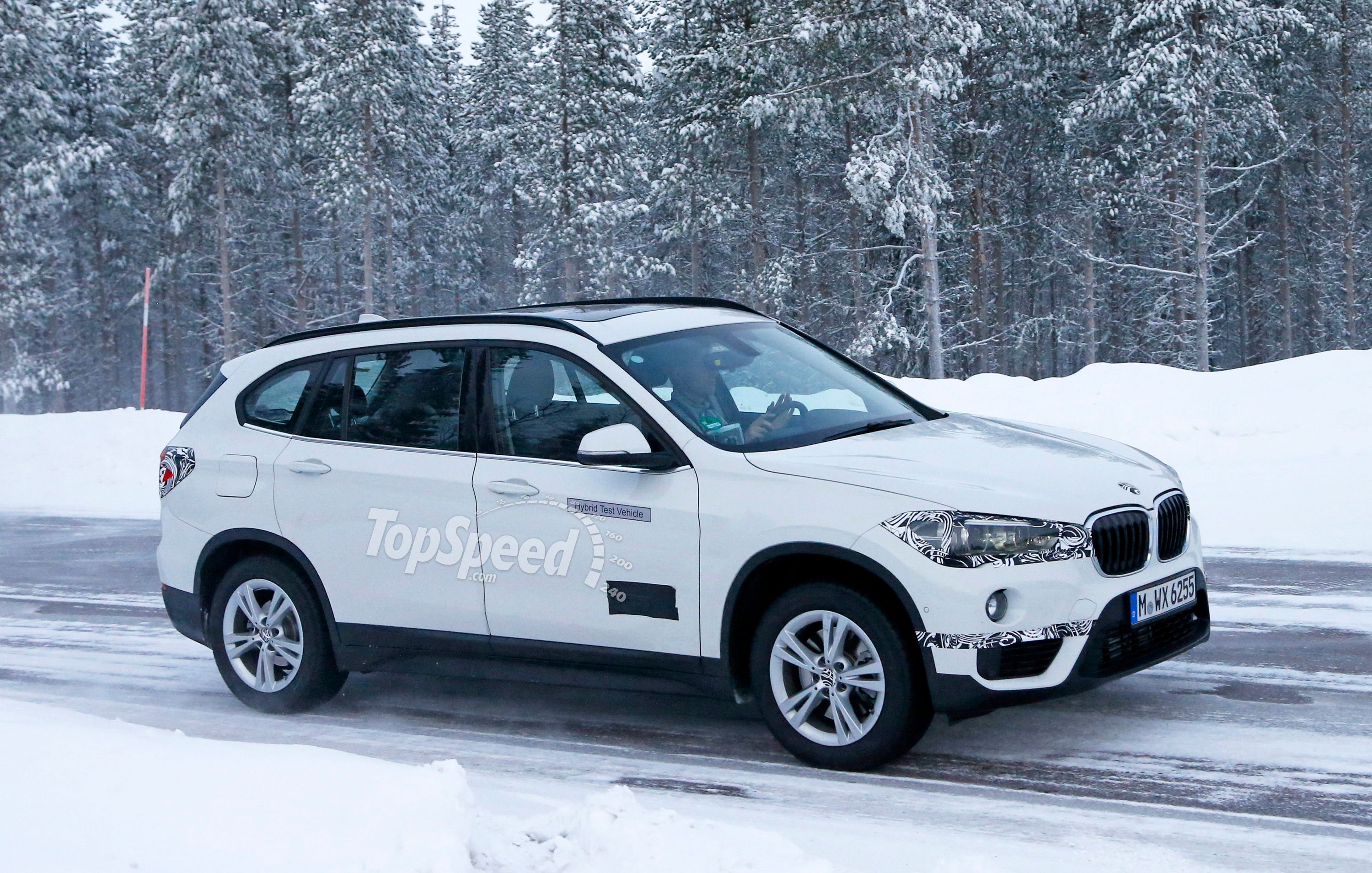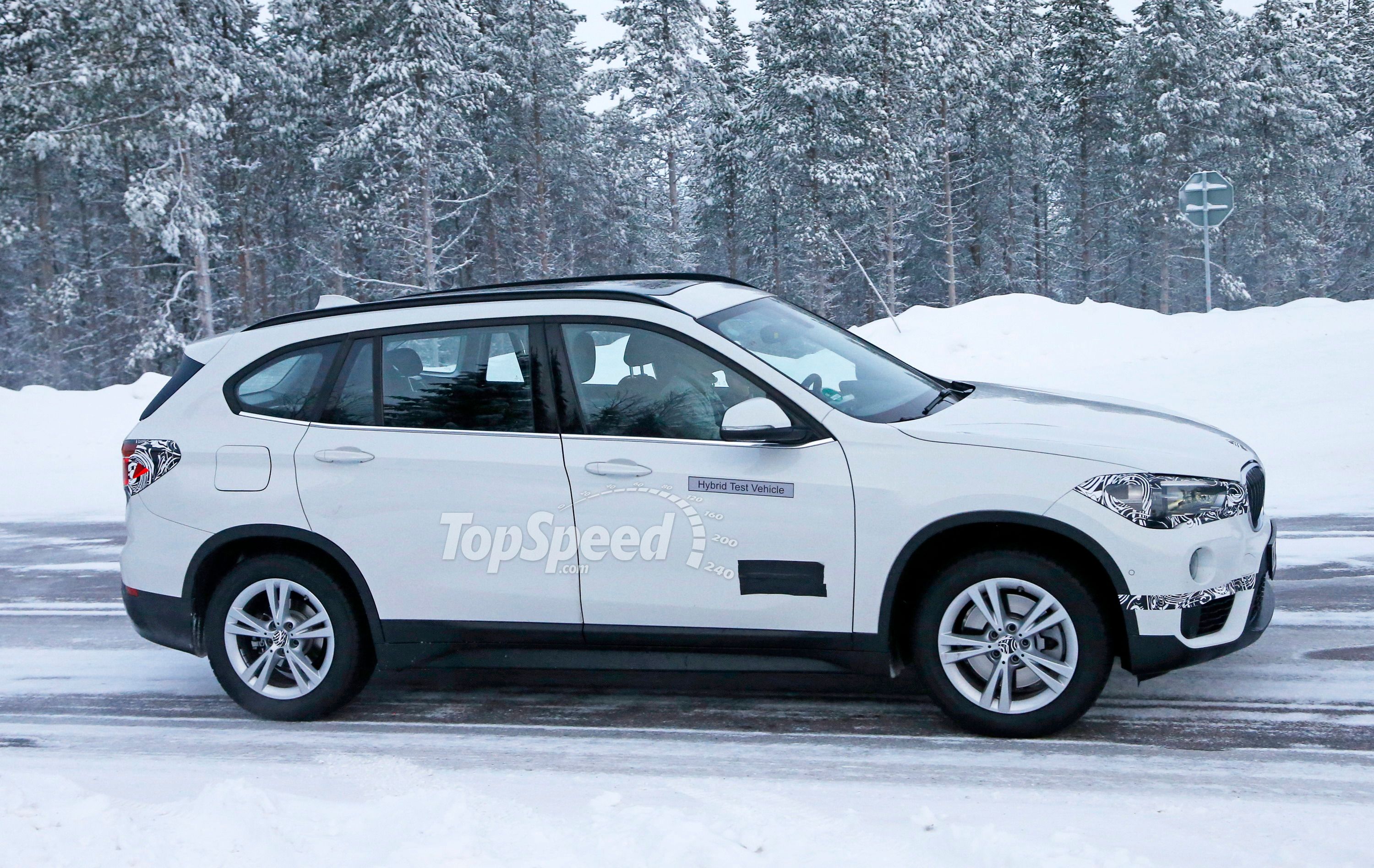BMW->ke178 has been busy revamping its lineup, and back in September of last year, we finally got details of the second-generation BMW X1. The X1->ke2474 joined other front-wheel drive models like the 2 Series Active Tourer and the 2 Series Grand Tourer in BMW’s Lineup. We’ve been expecting to see a plug-in hybrid->ke147 variant of the new BMW X1, and finally, we have received some spy shots->ke166 what we believe to be just that doing some cold-weather testing.
The interesting thing about these spy shots is that the car is still sporting a little bit of camo, despite the fact that it should be nearly identical to the standard BMW X1. We expect the new plug-in version to go by the xDrive30e moniker, and it should share the same drivetrain as the 2 Series Active Tourer Hybrid. This means that the gasoline engine will power the front wheels at all times, while a small motor is available to power the rear axle.
Given the current state of camo on this plug-in, we expect it to officially debut sometime in the very near future. Until then, however, let’s take a closer look at the pictures we have today. Who knows, maybe we’ll spot a few differences compared to the non-hybrid model that is already on sale.
Continue reading to learn more about the BMW X1 Hybrid.
2017 BMW X1 Hybrid
- Make: Array
- Model: 2017 BMW X1 Hybrid
- [do not use] Vehicle Model: Array
Spy Shots
March 29, 2016 - BMW X1 Hybrid out for some cold-winter testings
Exterior
Looking at the images we have here, there is some random camo placed in the front and rear. Oddly, the outer edges of the headlight assemblies are concealed, which could mean that BMW has a different design for the layout of that LED light strip that runs along the outer and lower edge of the headlight assemblies. It’s obvious that this model has the same hood and front grille. Down below, there is a small strip of camo that runs along the top of each corner vent. There is nothing special in this area on the standard X1, so the plug-in hybrid may sport an extra set of LED fog lights at the top of each vent.
Moving over to the sides, there is nothing significant to talk about, except for one little thing. No plug-in hybrid would be complete without a charging port, which looks to be located on the front, driver-side fender. This charging door actually follows the contour of the wheel arch on the bottom, so it isn’t square like the fuel door. I know, not very exciting, but it is a difference nonetheless.
To the rear, the entire lower hatch is cover with camo, as are most of the taillight assemblies. Despite this fact, don’t expect the taillights to look any different, as they still look to have the same layout as the standard X1. The rear cladding along the bottom of the rear fascia looks to be the same, but this model only has one exhaust pipe – due to the smaller gasoline engine – and the insert in the center is black as well. It may be a visual trick due to the camo, but it looks like the rear fascia may be more flush with the rest of the body on the plug-in variant. It’s probably a trick, but that rear fascia may have had to undergo some minor changes to support the rear motor and electric drive system. We’ll just have to wait to see it without camo to say for sure.
Interior
Note: Interior from the standard BMW X1 shown here.
Our spy photographers didn’t get any shots of the interior, but that’s okay because we don’t expect it to be very different at all. It should sport the same overall design as shown here from the standard X1. There may be a special badge somewhere on the dash to designate the cars “e” status, but aside from that expect the same layout. It should sport the same display screen at the top of the center stack although its programming may be a little different to accommodate for its hybrid nature. I also suspect that the instrument cluster will undergo a few changes to accommodate the need for additional information like battery charge state, driving mode, all-electric distance available. Given the fact that the cabin in the X1 as we know it is pretty sporty and inviting, the fact that there will be very little difference between the plug-in and standard model isn’t exactly a letdown.
Drivetrain
Here in the U.S., the standard X1 is powered by a twin-turbo, 2.0-liter four-cylinder that is rated at 228 horsepower and 258 pound-feet of torque. This model, however, isn’t expected to get that powerplant at all. We expect the X1 Hybrid to feature the same 1.5-liter engine from the BMW 225xe plug-in hybrid. That means you can expect an output of 136 horsepower and 162 pound-feet of torque from the gasoline-powered engine. That power will be routed to the front wheels through a six-speed Steptronic automatic transmission. On the rear axle, you’ll find an electric motor that produces 87 horsepower and 122 pound-feet of torque. This would give the plug-in a total system output of 221 horsepower and 284 pound-feet of torque.
Like the 225xe, the X1 hybrid will have three driving modes – Auto eDrive, Max eDrive, and Save Battery. In Save Battery mode, the X1 will rely solely on the gasoline engine for propulsion. Moving the mode selector to Max eDrive puts the X1 into all-electric mode. In this mode, the X1 should have a top speed of close to 80 mph. Auto eDrive is the default driving mode, which will keep the X1 in all-electric mode up to 50 mph, engaging the gasoline-powered engine only when more power is needed and at speeds above 50 mph. We don’t know of performance specs for the X1 yet, but expect it to be just a little slower than the 225xe due to the extra weight associated with the larger body.
Prices
Pricing at this point is a bit of a mystery, but we know the xDrive28i – the only X1 trim available here in the U.S. – goes for $34,800 at the time of this writing. Expect the price for the plug-in hybrid to climb closer to $40,000 territory.
Competition
Audi A3 E-Tron
Compact plug-in SUVs aren’t exactly widely available. The closest Audi gets is the Q5 Hybrid, which is quite a bit larger and significantly more expensive. When it comes to offerings from Mercedes, you could look to the B-Class, but it is all-electric, so it doesn’t really fit the bill either. The best I could come up with is the Audi A3 Sportback e-tron.
While it’s is really more of a wagon than an SUV, it still offers similar cargo room as well as passenger room. It is powered by a 1.4-liter gasoline powerplant that pushes 150 horsepower and 184 pound-feet of torque. The electric motor is good for another 102 horsepower. Overall, the A3 e-tron can hit the 60 mph benchmark in 7.6 seconds with a top speed of 130 mph. The thing that really helps keep the A3 e-tron in line as a competitor with the X1 plug-in is its pricing structure. As of the time of this writing the base model starts out at $37,900, the mid-level Premium Plus trim starts at $42,000, and the range-topping Prestige trim commands $46,800.
With similar luxury and technology appointments inside, the A3 e-tron should be looked to as a competitor for the X1, even if it isn’t an SUV. For a wagon, it stands pretty strong against the X1.
Read our full review on the Audi A3 E-Tron here.
Conclusion
As far as the X1 Hybrid goes, I don’t think it’s going to be a game changer for the compact SUV market. It’s one of the few plug-in compact SUVs out there, which means the demand for it probably isn’t going to be that high either – neither Audi or Mercedes have a comparable SUV in plug-in form. With a price point that will likely be significantly higher than the standard, gasoline-powered X1, it will probably be a hard sell to anyone on BMW’s lot looking for a compact SUV. With gas prices at their current levels, the SUV market is booming, and people aren’t paying quite as much attention to fuel savings as they once were. It’s not that the X1 Hybrid is a bad idea at all, I just think most people will focus on saving money now on their initial investment over saving money in the long run on fuel.

